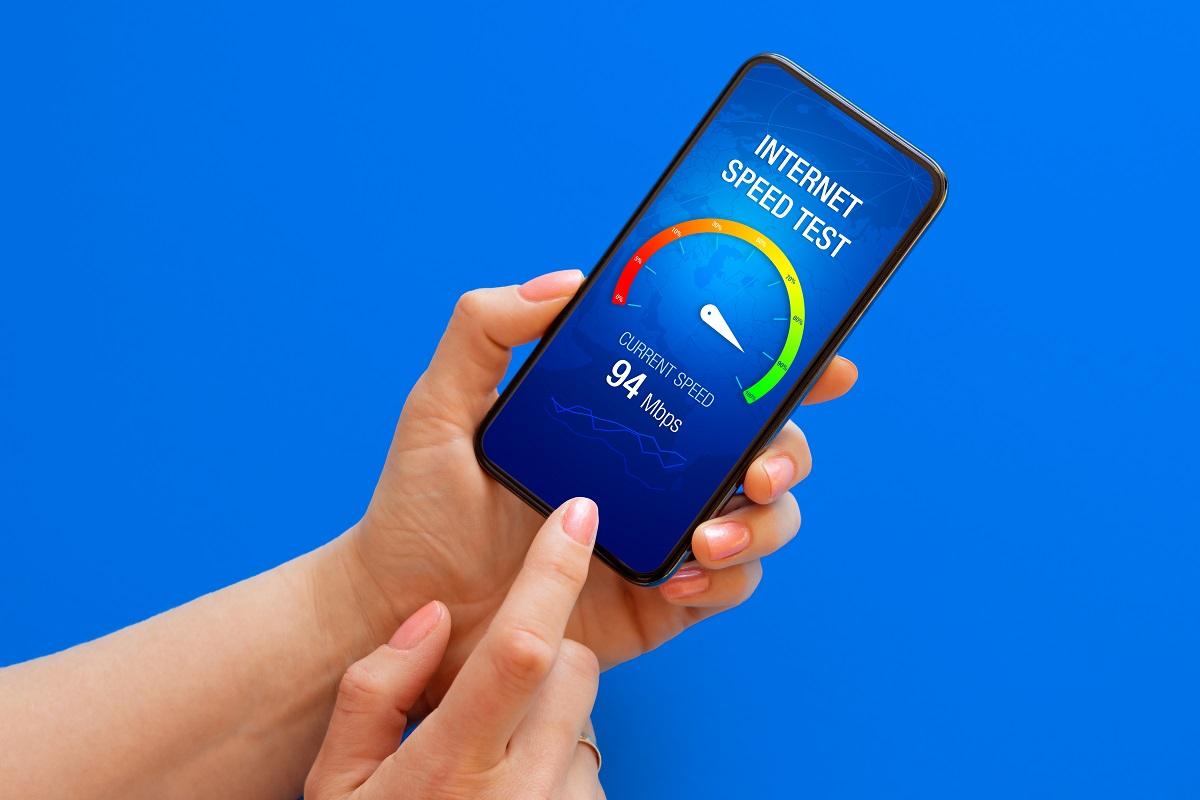What Internet Speed Do You Actually Need? A Simple Guide
In today’s connected world, internet speed has become one of those things we rarely think about—until it slows down. Suddenly, videos start buffering, Zoom calls freeze, and file downloads feel like they’re stuck in the dial-up era. That’s usually when people start asking, “Do I need faster internet?” But before upgrading, it’s smart to understand exactly how much speed you really need.
The answer isn’t one-size-fits-all. It depends on how you use the internet, how many people are sharing the connection, and what kind of devices are running in your home.
Understanding the Basics: Mbps Explained
When you look at internet plans, the speeds are usually listed in Mbps—that stands for megabits per second. It’s a measure of how fast data moves from the internet to your device. The higher the number, the faster your connection.
Download speed refers to how quickly you can receive data (like streaming a movie or loading a webpage). Upload speed measures how fast you can send data (like uploading a video or sending large emails). Both matter, but most people focus more on download speed.
How You Use the Internet Matters
Here’s a simple breakdown of common online activities and the minimum speeds they need:
- Browsing and Email – 1 to 5 Mbps
Light use like checking emails, reading the news, or scrolling through social media doesn’t require much speed. - Video Streaming
- SD (Standard Definition): 3 to 4 Mbps
- HD (High Definition): 5 to 8 Mbps
- 4K Ultra HD: 15 to 25 Mbps
- Video Calls (Zoom, Google Meet, etc.)
- One-on-one calls: 1 to 3 Mbps
- Group video calls: 3 to 5 Mbps
- Online Gaming – 3 to 6 Mbps
Surprisingly, gaming doesn’t need high download speeds but does require stable latency and good upload speeds for the best experience. - Remote Work or School – 5 to 10 Mbps per person
If you’re uploading documents, attending video meetings, or using cloud-based apps, solid upload speeds are just as important.
How Many People Are Using the Connection?
The more devices connected at the same time, the more bandwidth you’ll need. Here’s a rough guide:
- 1–2 people: 20–50 Mbps is usually enough for browsing, streaming, and occasional work or school use.
- 3–4 people: 50–100 Mbps can handle multiple streams, video calls, and connected devices without major issues.
- 5+ people or smart home setups: 100–300 Mbps ensures smooth performance for heavy use across multiple users and smart gadgets.
Do You Need to Upgrade Your Internet?
If you’re constantly frustrated with buffering, dropped connections, or slow downloads, it might be time to upgrade. But first, try a speed test. If you’re already getting good speeds but still having issues, the problem might be your Wi-Fi router or device limitations.
Keep in mind: advertised speeds from your provider are usually “up to” a certain number. Real-world results can vary depending on location, time of day, and equipment quality.
GravityInternetNet Tip
If you’re in Colombia and looking for a reliable connection tailored to your household’s needs, GravityInternetNet offers flexible packages designed for light users, large families, and even small businesses. You don’t need to overpay for what you won’t use—just choose what fits your lifestyle.
Final Thoughts
Understanding your actual internet needs can save you money and frustration. It’s not always about getting the fastest plan, but the right one. Whether you’re a casual browser, a movie streamer, or running a remote office from home, a well-matched connection can make a big difference in your digital life.





